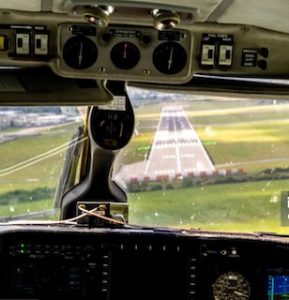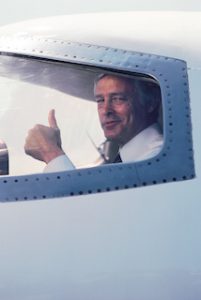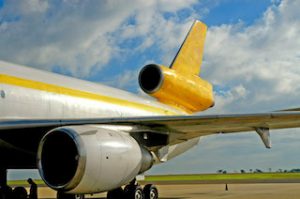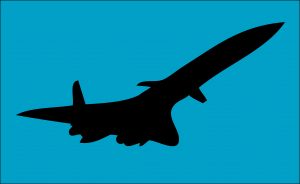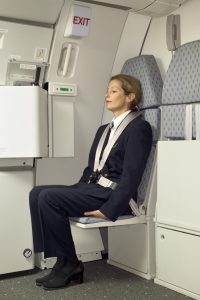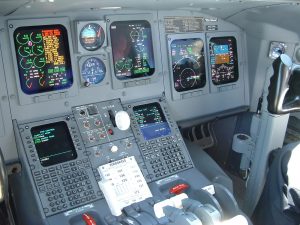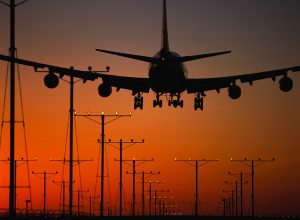The Global Pilot Shortage Crisis
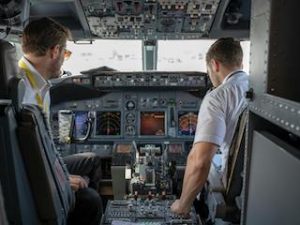 The aviation industry is an essential component of the global economy, facilitating trade, tourism, and cultural exchange. However, this vital industry faces a significant challenge: a growing shortage of pilots. This crisis is not only threatening the stability of airlines but also impacting economic growth and connectivity worldwide. This article explores the causes, implications, and potential solutions to the global pilot shortage crisis.
The aviation industry is an essential component of the global economy, facilitating trade, tourism, and cultural exchange. However, this vital industry faces a significant challenge: a growing shortage of pilots. This crisis is not only threatening the stability of airlines but also impacting economic growth and connectivity worldwide. This article explores the causes, implications, and potential solutions to the global pilot shortage crisis.
Historical context
Historically, the supply of pilots has generally met the demand of the aviation industry. However, several factors have shifted this balance, leading to the current crisis. In the mid-20th century, military-trained pilots significantly supplemented the commercial pilot workforce. As military aviation demands decreased, so did this source of trained pilots. Additionally, the rapid expansion of the aviation industry in the late 20th and early 21st centuries outpaced the growth in pilot training programs.
Causes of pilot shortage
- Increasing demand for air travel: The demand for air travel has been steadily increasing over the past few decades. According to the International Air Transport Association, passenger numbers are expected to reach 8.2 billion by 2037, nearly doubling the figures from 2018. This surge in demand requires a corresponding increase in the number of flights and, consequently, pilots.
- Aging workforce: A significant portion of the current pilot workforce is nearing retirement age. In the United States, for example, federal regulations mandate that airline pilots retire at age 65. As experienced pilots retire, the industry struggles to replace them at a comparable rate, exacerbating the shortage.
- High training costs and barriers to entry: Becoming a commercial pilot is an expensive and time-consuming process. The cost of obtaining the necessary licenses and training can exceed $100,000, a significant barrier for many aspiring pilots. Additionally, the rigorous training and certification process can take several years, delaying the entry of new pilots into the workforce.
- Regulatory and training bottlenecks: Regulatory requirements for pilot training and certification vary by country but are universally stringent. These regulations are necessary to ensure safety but can also create bottlenecks in the training pipeline. Training programs often have limited capacity, and the demand for pilot training sometimes exceeds the available resources and infrastructure.
- Impact of COVID-19 pandemic: The COVID-19 pandemic had a profound impact on the aviation industry. During the height of the pandemic, airlines worldwide reduced operations, furloughed staff, and deferred training programs. Many experienced pilots opted for early retirement or left the industry altogether. As the industry recovers, the sudden resurgence in travel demand has outpaced the ability of airlines to rehire and retrain pilots, contributing to the current shortage.
Implications of pilot shortage
- Operational disruptions: The most immediate impact of the pilot shortage is operational disruptions. Airlines are forced to cancel or reschedule flights due to a lack of available pilots, leading to inconvenience for passengers and financial losses for airlines. This disruption can also damage the reputation of airlines, affecting customer loyalty and future bookings.
- Increased operational costs: The shortage of pilots leads to increased operational costs for airlines. To attract and retain pilots, airlines must offer higher salaries and better benefits, which can strain financial resources. Additionally, airlines may need to invest more in training programs to accelerate the certification of new pilots.
- Impact on regional and smaller airlines: Regional and smaller airlines are disproportionately affected by the pilot shortage. These airlines often operate with tighter margins and have fewer resources to compete with larger carriers for pilot talent. As a result, they may face more significant operational disruptions and financial challenges.
- Economic impact: The pilot shortage has broader economic implications beyond the aviation industry. Reduced air connectivity can hinder business travel, tourism, and trade, affecting various sectors of the economy. For countries that rely heavily on tourism, the pilot shortage can have a particularly pronounced impact on economic growth and employment.
Potential solutions to pilot shortage
- Enhancing pilot training programs: One of the most effective ways to address the pilot shortage is to enhance and expand pilot training programs. Increasing the capacity of existing flight schools, establishing new training centres, and incorporating advanced simulation technologies can help accelerate the training process. Additionally, partnerships between airlines and flight schools can provide a more streamlined and efficient training pipeline.
- Reducing financial barriers: To attract more aspiring pilots, it is essential to reduce the financial barriers to entry. Scholarships, grants, and loan programs can make pilot training more accessible to a broader range of candidates. Airlines can also offer sponsorship programs, covering training costs in exchange for a commitment to work for the airline for a specified period.
- Improving work-life balance: Enhancing the work-life balance for pilots can help retain existing pilots and attract new ones. Measures such as flexible scheduling, better rest periods, and support for mental health and well-being can make the profession more appealing. Additionally, addressing issues such as long commutes and time away from home can improve job satisfaction and reduce turnover.
- Promoting diversity and inclusion: The aviation industry has historically been male-dominated, with women and minorities underrepresented among pilots. Promoting diversity and inclusion can expand the pool of potential pilots. Outreach programs, mentorship opportunities, and targeted recruitment efforts can encourage a more diverse range of candidates to pursue careers as pilots.
- Leveraging technology: Advancements in technology can also play a role in mitigating the pilot shortage. Automation and artificial intelligence can assist with certain aspects of flight operations, reducing the workload on pilots and potentially allowing for reduced crew requirements on some flights. However, the implementation of such technologies must be carefully managed to ensure safety and regulatory compliance.
- Adjusting regulatory frameworks: While maintaining safety standards is paramount, there may be opportunities to streamline regulatory frameworks to make pilot training more efficient. For example, regulatory authorities could consider adopting competency-based training and assessment (CBTA) approaches, which focus on the skills and competencies required for safe operations rather than prescribed training hours.
Long-term strategic planning
Addressing the pilot shortage requires long-term strategic planning by all stakeholders, including airlines, training organizations, regulatory bodies, and governments. A coordinated approach can ensure that the measures implemented are sustainable and effective in the long term.
- Collaboration between airlines and educational institutions: Collaboration between airlines and educational institutions can create a more seamless transition from training to employment. Joint programs can align training curricula with industry needs, ensuring that new pilots are well-prepared for the specific demands of their future roles. Apprenticeship models, where trainees gain practical experience while completing their education, can also be beneficial.
- Encouraging military to civilian transition: Encouraging military pilots to transition to civilian aviation can help alleviate the shortage. Military pilots have extensive training and experience that can be highly valuable in commercial aviation. Streamlined certification processes and incentives for military personnel can facilitate this transition.
Addressing pilot shortage
The global pilot shortage is a multifaceted crisis with far-reaching implications for the aviation industry and the broader economy. Addressing this challenge requires a comprehensive approach, involving enhancements in training programs, financial support for aspiring pilots, improvements in work-life balance, promotion of diversity and inclusion, leveraging technology, and strategic collaboration between stakeholders. By implementing these solutions, the aviation industry can ensure a sustainable and robust pilot workforce, enabling continued growth and connectivity in the years to come.

